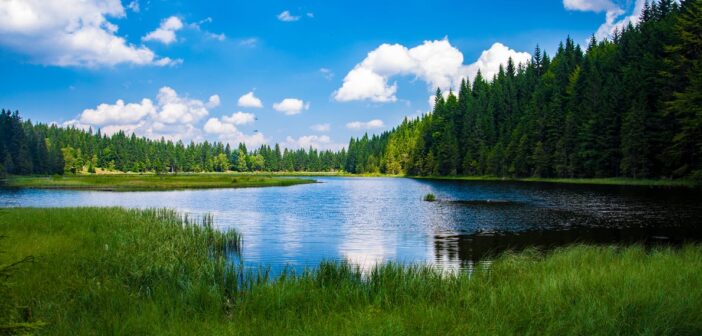The chairmaker’s bulrush (Schoenoplectus americanus) is a wetland plant, which is widespread across America and commonly found both in urban and rural wetlands. The specialty of this species, apart from bearing Pneumatophores (skyward shoots to obtain oxygen), is that they are capable of raising the ground they grow. These plants trap the sediment and organic muck that flows into a marsh and elevate the ground for easy access to atmospheric oxygen.
Pat Megonigal, an ecologist who leads the Smithsonian’s Global Change Research Wetland and studies bulrush plants said that these plants are considered to be ecosystem engineers. “If the water gets deep, they are capable of raising themselves up and they have been doing that for thousands of years” he further added.
Many studies have been conducted to assess the ability of these plants to overcome the issues arising from climate change, such as sea level rise and frequent storm surges. The plants are always at risk of being submerged due to these scenarios. However, the increasing levels of carbon dioxide in the atmosphere is also intensifying the photosynthesis process and aid in root development of the plants. Megonigal and his team has been studying this contradictory phenomenon for 30 years in a single urban marsh in Maryland on the Chesapeake Bay. Unfortunately, according to their studies, the sea level rise is rapid and the wetlands are struggling for their survival.
These significant discoveries were published very recently and it overshadows the hopes of the scientific community and the general public about the adaptive ability of coastal areas to cope with sea level rise. These important ecosystems are at grave danger at the face of climate change. It is believed that, by the end of the century, the climate-induced changes may cause 20% to 50% loss in the wetland ecosystems. The ability to thrive above the rising waters will be a key factor in determining the prevalence of bulrush plants in the coastal belt or eventual migration towards inland.
This study of Megonigal is of great significance as it challenges the typical belief that elevated carbon dioxide levels will aid wetlands to be become stable amid global climate change. Matthew Kirwan, an ecologist at the Virginia Institute of Marine Science who studies how coastal landscapes evolve, expressed in amazement as “Wow. We always thought elevated CO2 would help stabilize marshes, and this work really challenges that idea”. Further he added, “thirty-year experiments are almost unheard of, and in this case fundamentally changes how we understand marshland ecosystems.”


